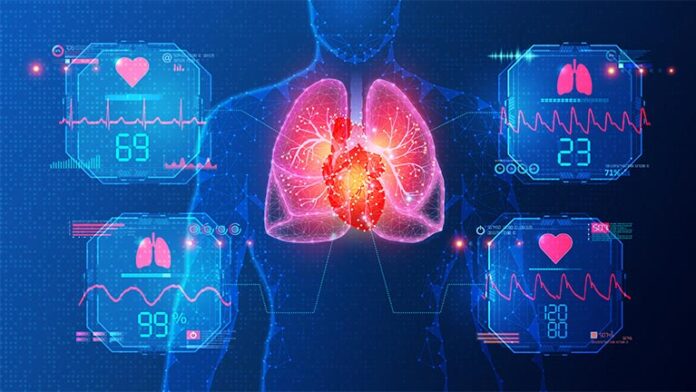Body imaging technologies offer a detailed look inside the human body without surgery. These methods use X-rays, sound waves, or magnetic fields to create pictures of your organs, bones, and tissues. While X-rays are used for broken bones, advanced imaging provides dynamic views of internal systems, including the cardiovascular system, as they function. Here is more information about this imaging technique:
Visualizing Internal Organs
Advanced imaging techniques create detailed pictures of the heart. An echocardiogram uses sound waves to produce images of your heart, so it offers a view of the organ’s structure. Cardiac MRI offers detailed images of the heart muscle and valves, enabling a thorough overall assessment.
Assessing Blood Vessels
Observing blood vessels is a key application of body imaging, which benefits cardiovascular health. A CT angiogram uses X-rays to visualize blood flow in arterial and venous vessels throughout the body, including those around the heart. This type of scan can reveal blockages or narrowing in the coronary arteries, aiding in diagnosing heart conditions.
By evaluating the condition of these vessels, medical professionals gather information about blood circulation to and from the heart muscle. This information can help identify conditions such as atherosclerosis, which may contribute to heart disease. Early detection through such imaging techniques allows doctors to recommend timely interventions or lifestyle changes to improve overall cardiovascular health.
Diagnosing Cardiovascular Issues
Body imaging assists in identifying a range of cardiovascular conditions. Scans can show the size of the heart chambers and the thickness of the heart walls, which are data points used in assessing heart health. Irregularities in these areas might point to specific underlying issues that require further investigation.
These imaging tools are also used to evaluate the heart’s pumping function. The ejection fraction, which is the percentage of blood leaving your heart, is a measurement that can be calculated. A low ejection fraction may indicate that the heart is not pumping efficiently, and this information helps form a more complete picture of your cardiac performance.
Specific diagnostic applications include:
- Identifying damage from a heart attack
- Detecting congenital heart defects
- Evaluating heart valve function
By providing a direct view of the heart’s anatomy and mechanics, imaging supplies objective data. This data helps to understand the current state of a person’s cardiovascular system when they are looking for abnormalities.
Improving Outcomes
The information gathered from body imaging contributes to the management of heart conditions. When doctors have detailed images of the heart and blood vessels, they can develop more specific plans for care. This approach is based on the anatomical and functional details revealed in the scans, and it allows for a personalized strategy. A follow-up scan may be used to observe how the heart is responding over a period of time.
Get Body Imaging Scans
Body imaging provides a non-invasive way to see the heart and its related structures in action. These scans can help monitor cardiovascular issues by assessing blood vessels and visualizing internal organs, which gives your provider detailed information. If you want to learn more about how body imaging can support your health journey, schedule a consultation to discuss your options.

